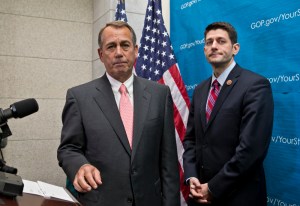The St. Louis Rams’ starting quarterback Sam Bradford tore his ACL in a preseason game last week, his third major injury in five years, and will be lost for the season.
This means that Steve Lardy’s friend Shaun Hil l will be the starting quarterback for the Rams for the entire season. After 13 years in the league, it will be his first chance to go into a season as a starter and show what he can really do. I wrote about Shaun a couple of years ago.
l will be the starting quarterback for the Rams for the entire season. After 13 years in the league, it will be his first chance to go into a season as a starter and show what he can really do. I wrote about Shaun a couple of years ago.
Hill, from tiny Parsons, Kansas, has been a backup his entire career in San Francisco and Detroit, (with high priced high draft picks Alex Smith and Matthew Stafford ahead of him on the depth chart) but when he gets a chance, he puts up good numbers. He isn’t particularly big, nor has a particularly big arm, which is one of the reasons he has never been a full-time starter. He has started 26 games in his 13-year career and gone exactly 13-13 as a starter, with good stats — 41 touchdowns, 23 interceptions and a quarterback rating of 85.9 (an average QB rating is about 83-85). In 2010, Hill started 10 games for the Detroit Lions.
Rumour is the Rams will try to get Mark Sanchez to replace Bradford, but his career QB rating is a paltry 71.7, way below the NFL average and way below Hill’s. Another rumour is that the Rams will try to get Kirk Cousins from Washington, which would make more sense, because in the limited amount he’s played, he has shown that he can be a good quarterback. Cousins will likely be a starter someday for some team.
But, Rams head coach Jeff Fisher immediately came out and said that Hill is his guy:
Shaun has a great feeling for the offense right now, and we’re gonna move forward with him,” Fisher said. “We’re not gonna change anything. He knows the system. Everybody knows, we’re gonna run the football first. And we’re gonna do that, and we gotta do that well, and we gotta do that to start the season. And then everything else will come off that.”
So, here is Shaun’s big chance at last, after 13 years in the league.











